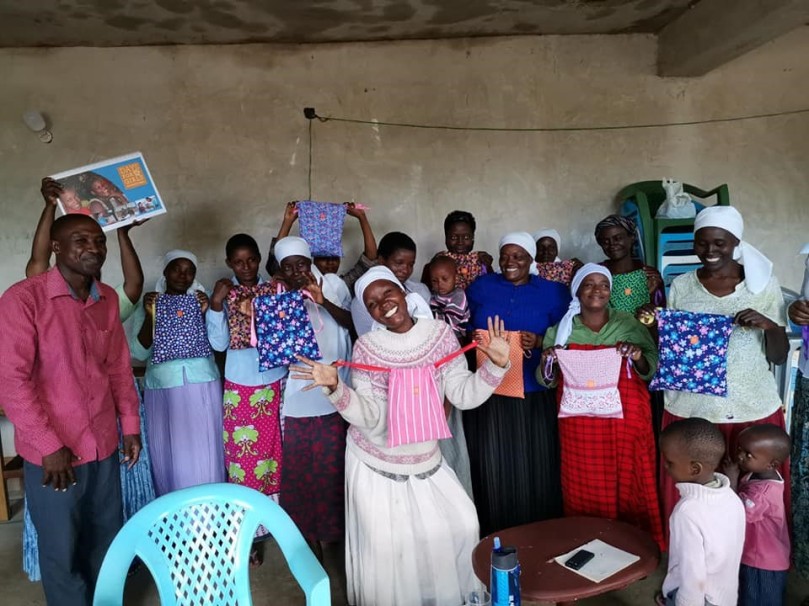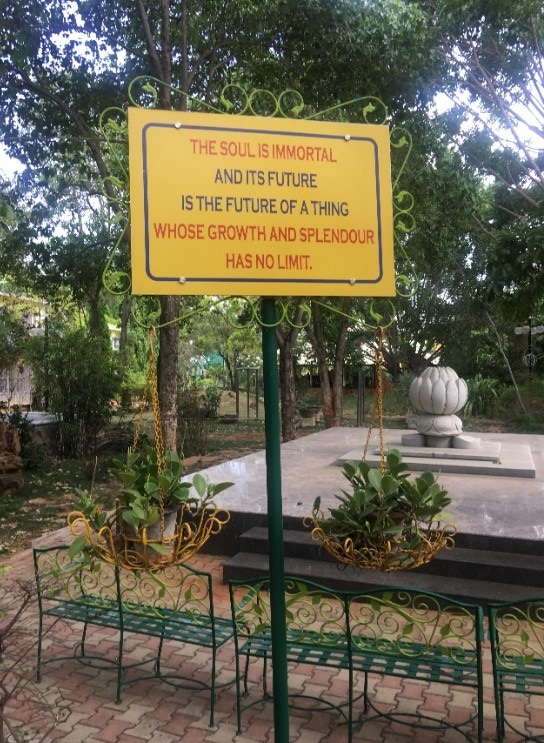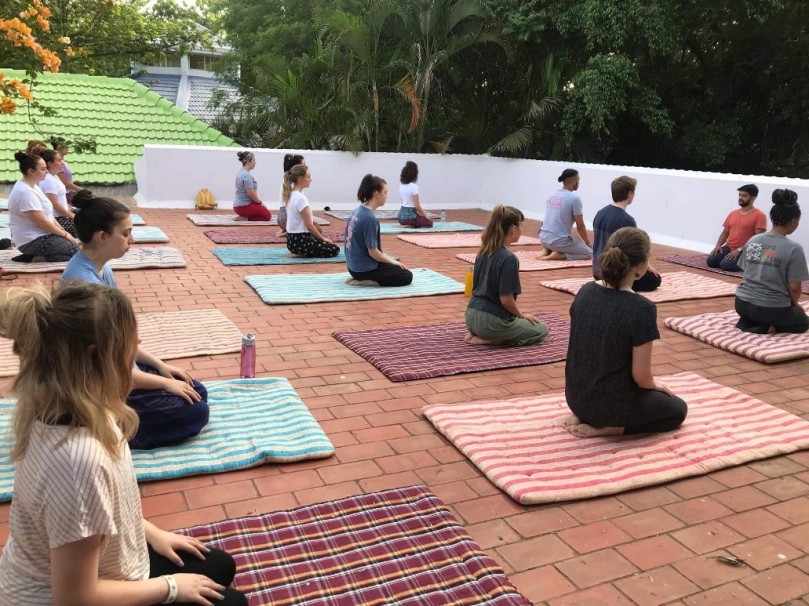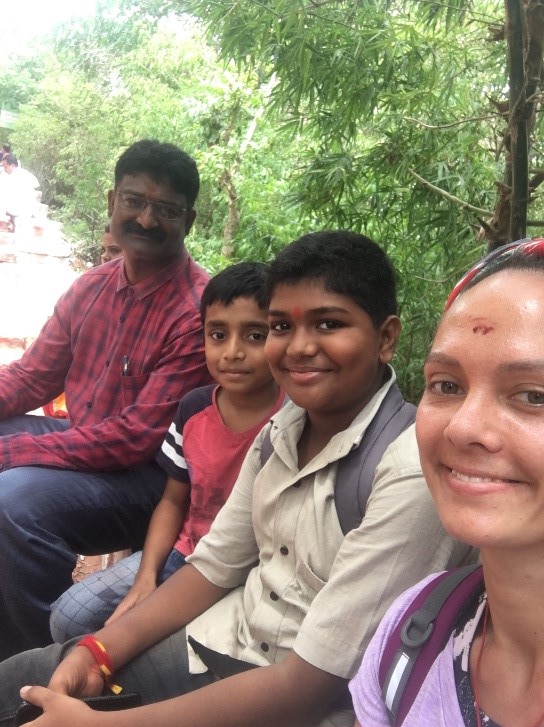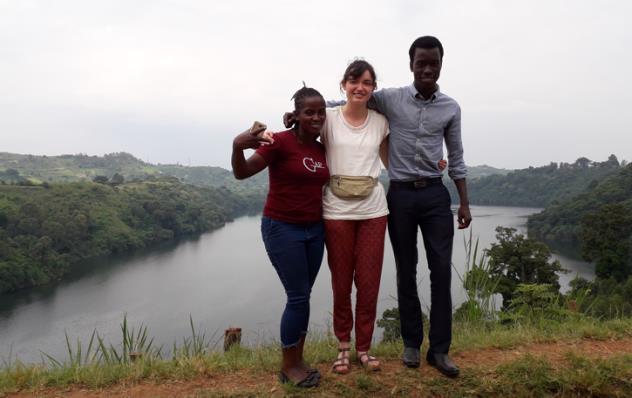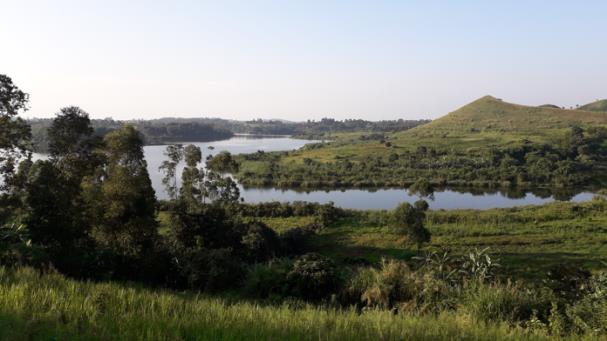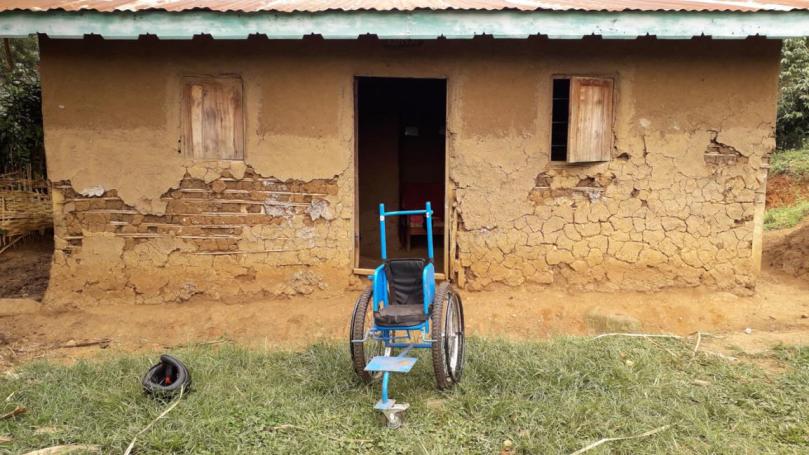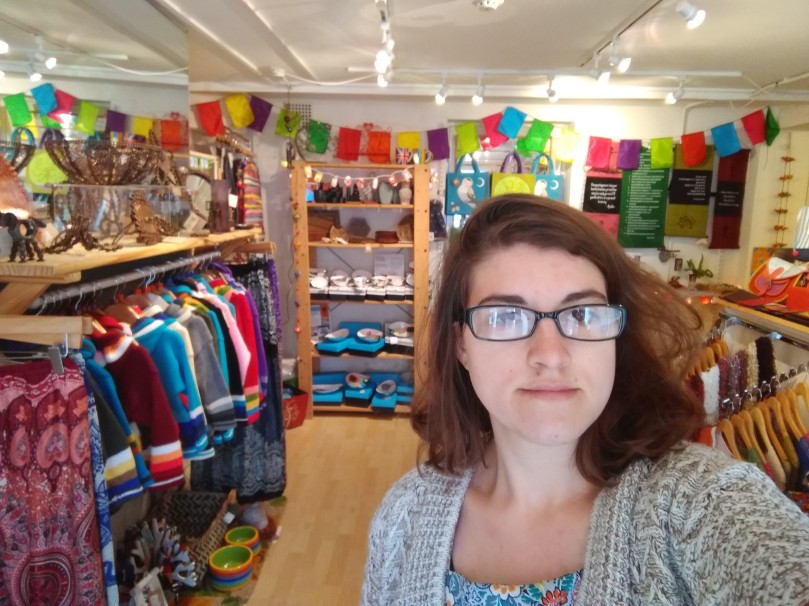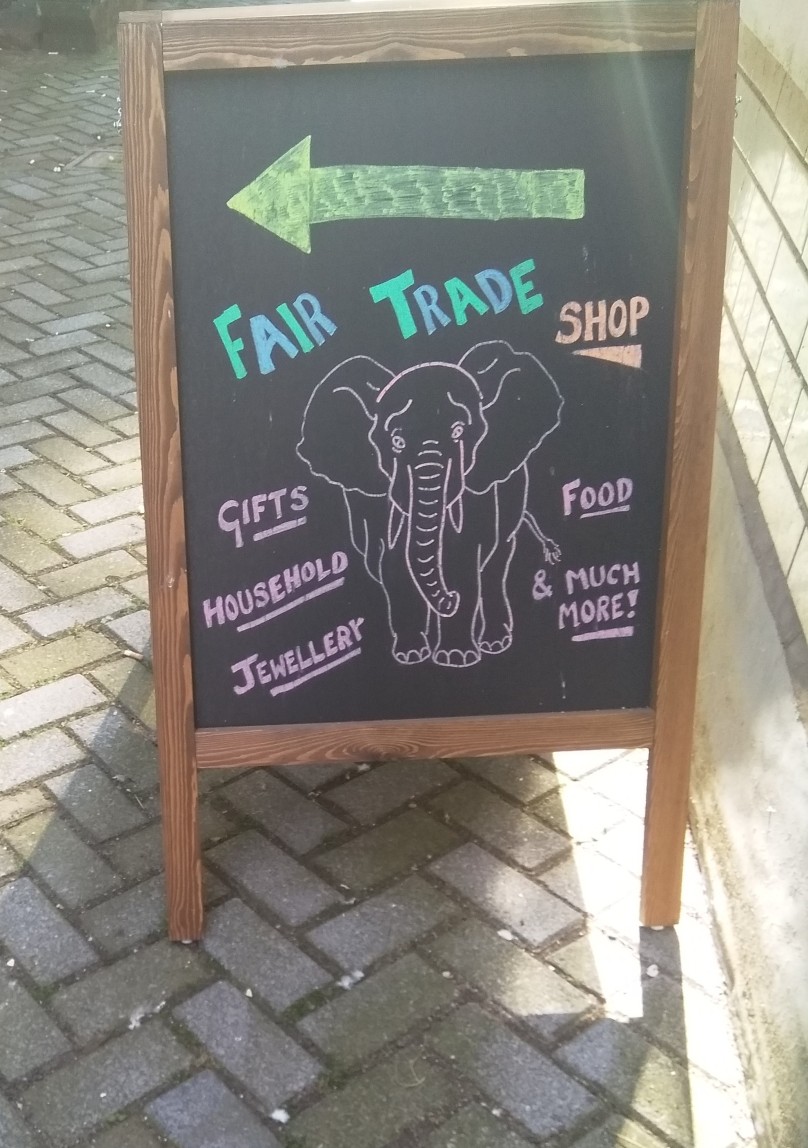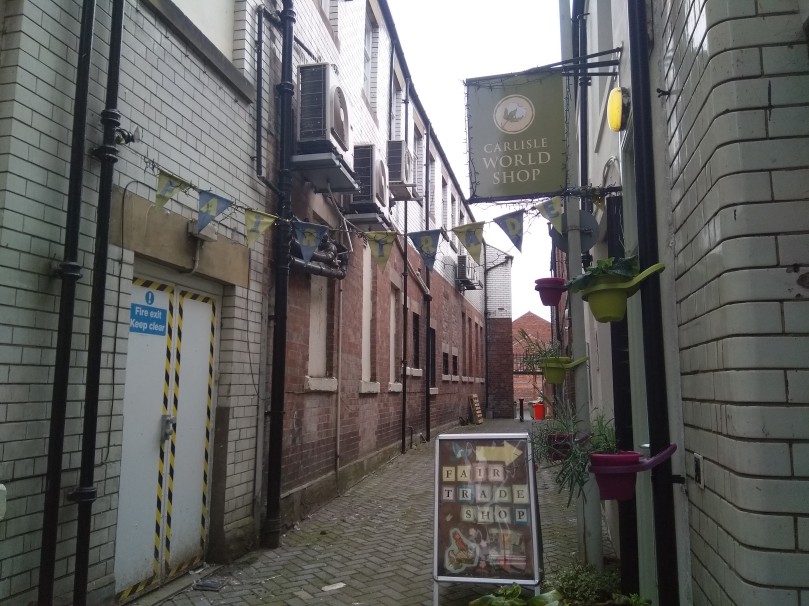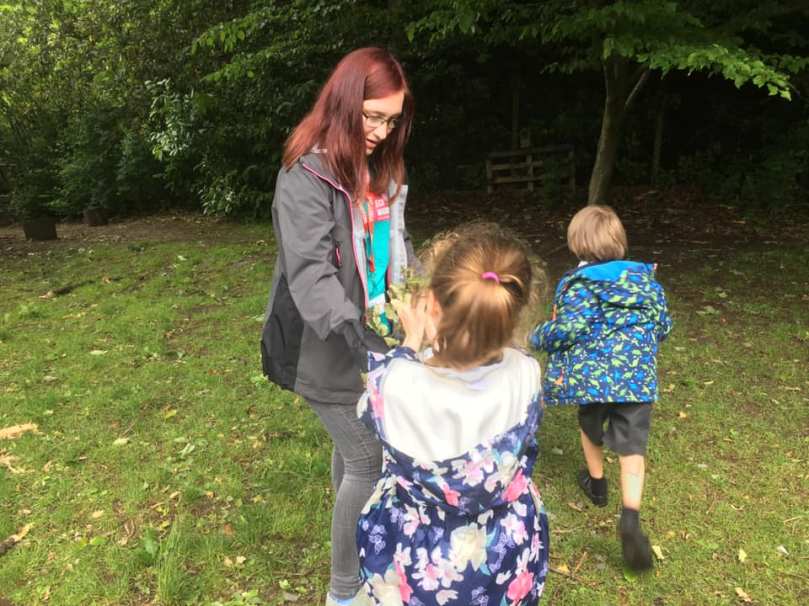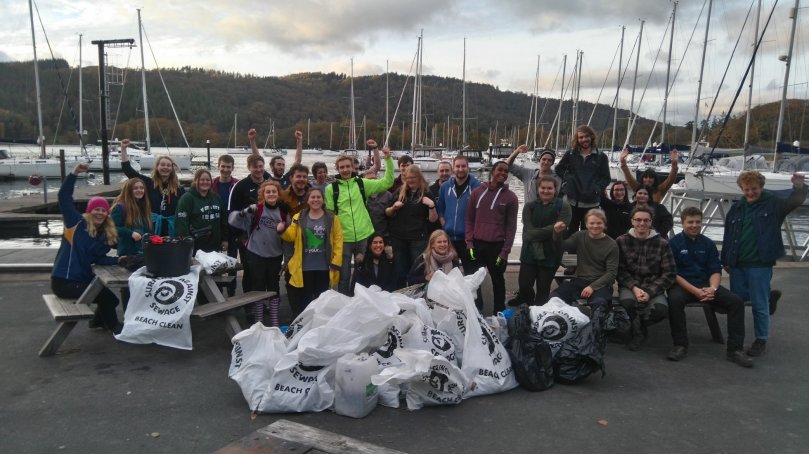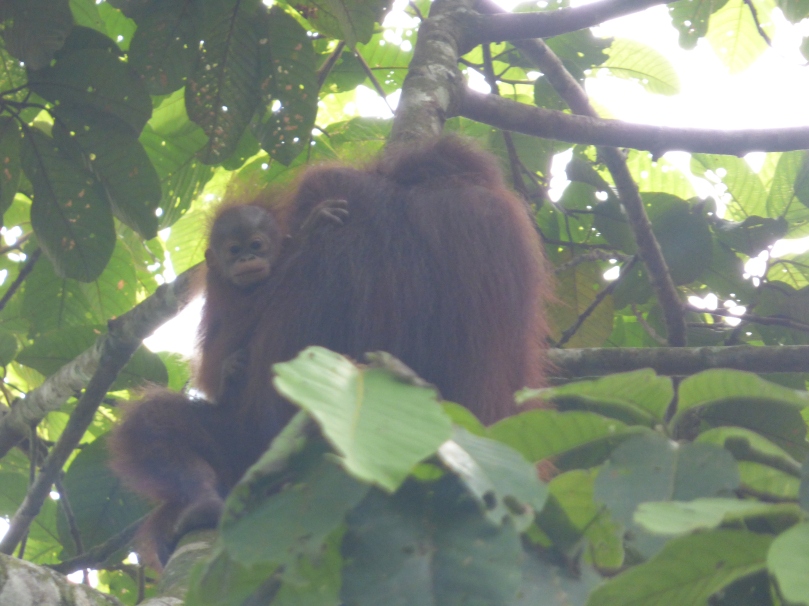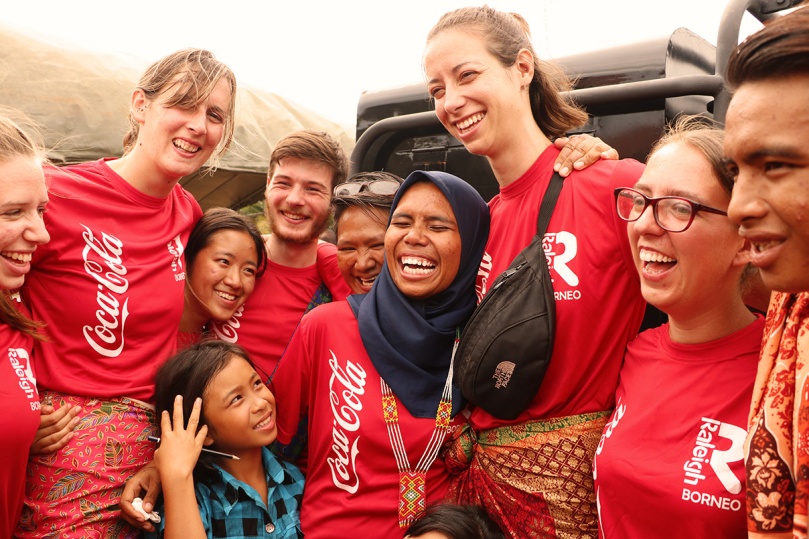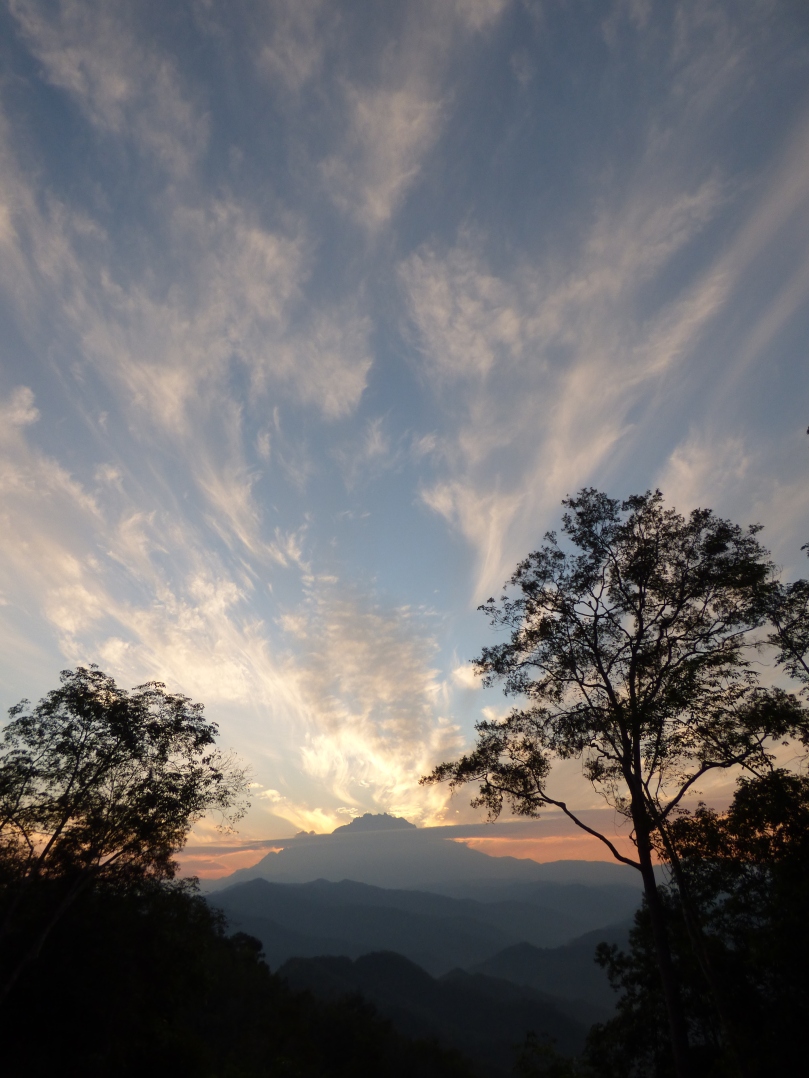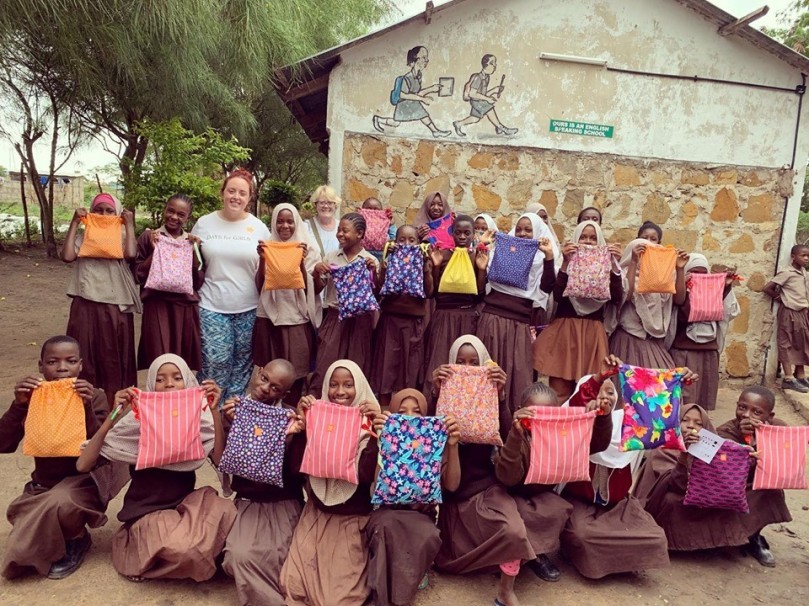
24th May
Arrived in Nairobi last night. Today we went to the Days for Girls enterprise. We met lots of incredible women and bought 40 Days for Girls full kits. This cost roughly £220.
25th May
Today we took a very long train from Nairobi to Miasenyi and were picked up and taken to Taru. We were introduced to lots of the locals, shown around the school and ate lovely Kenyan food.
26th May
Today is a Sunday and we spent the day in Church and meeting the local Bishop. We went to his compound where almost 50 people live and had Kenyan tea and got prophecies.
27th May
Today I spent the day in school handing over the resources I had brought out and instructing the teachers on the ways in which they can be used. I observed some lessons being taught and was introduced to all the different classes.
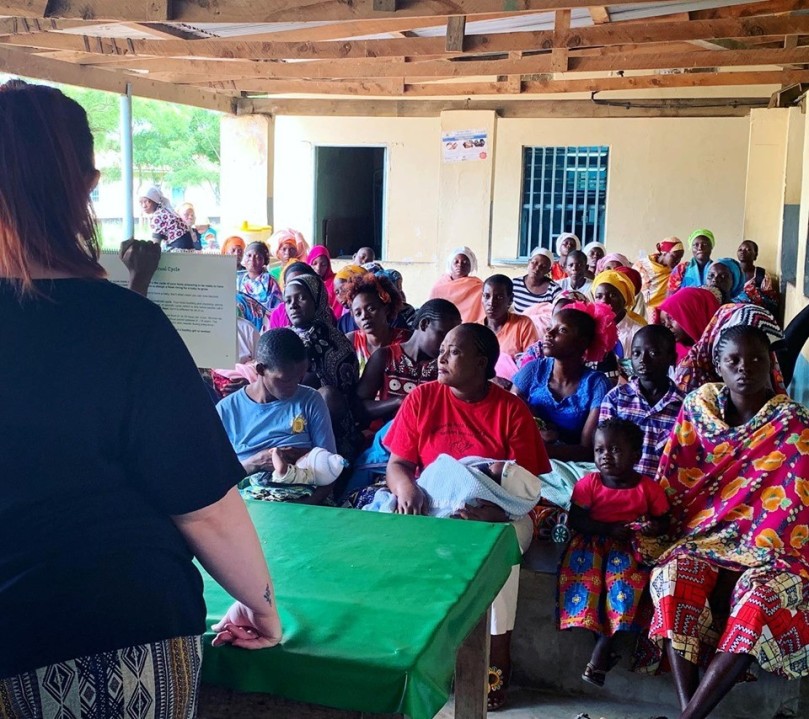
28th May
Today was the first Days for Girls distribution. We gave kits to around 20 girls and brought enough for the female teachers too in another local school. The session was amazing with the girls asking really insightful and thoughtful questions. We had a lot of fun and the girls were absolutely over the moon with their kits.
29th May
We did another distribution today. This was a hard distribution as many of the girls were HIV positive and many of the children didn’t have shoes and were wearing rags. The girls were less confident and were very shy. Towards the end of the session they were asking questions and they were very happy with their kits. This was for around 20 girls plus 5 teachers.
30th May
Today I spent the morning in school doing some activities based on The Gruffallo with the 3-5 year olds. In the afternoon we drove out of Taru to a school in the middle of no-where. However, this school seemed very well resourced and had lots of volunteers from overseas which was lovely to see. There were about 30 girls and they were very, very shy. After the distribution they were very keen for pictures and then, I was given a live chicken as a present!!
31st May
This morning I did a distribution in the local maternity clinic. The education was for around 50 women which took a very long time as everything had to be translated by the brilliant nurse. Maternity kits are different to the normal ones and we only had around 30 kits so the nurse gave them according to need. This afternoon I taught maths and English to the 8-10 year olds, we learned how to tell the time and different names for jobs!
3rd June
I spent the whole day in school today. We did some more lessons based on the Gruffallo and read lots of Julie Donaldson stories. I put together some activities and demonstrated them to show the teachers how they can improve comprehension. I showed the teachers a phonics lesson as they don’t teach phonics in Kenya. I sat for a long time with the lovely headteacher Caroline showing her different resources to try and introduce phonics in the school. I went into the oldest class and all they wanted to do was ask questions about England, so we did that for a very long time! I also made Chiapatti tonight.
4th June
This morning I did some more lessons with the younger pupils, and around midday I did a distribution within the school I have been working in (Future of Taru). This was incredibly hard as i have got to know the girls over the past week and am aware of girls who have been or are currently being abused and girls who are HIV positive. This was a brilliant distribution and the girls had so many questions. We had an amazing few hours and around 14 girls received kits. After this distribution I did a Men Who Know talk- the education for boys. This was phenomenal. We discussed what being a ‘strong’ man is and some of the boys were so, so respectful. We went through all the body parts, discussed consent and then gave them the opportunity to ask any questions they wanted. Some of the questions were amazing and I was so happy we had built such a safe environment that they could talk freely.
5th June
Today we went to a Massai community in the Bush. It was amazing! They had a charity come and build them a school building and painted on the wall was ‘no mutilation but education.’ The women were amazing and sang us many welcome songs. The Massai believe in a big welcome! We soon realised that the Massai women didn’t understand English or swaheeli and luckily one of the men who drove us spoke their language. The smiles on the womens faces when we told them what we were giving them I will never ever forget. The women blessed us afterwards and danced with their kits. The elders wouldn’t let us leave without drinking Kenyan tea and talking to them. A man called Gabriel with amazing English was absolutely amazing. He defied all preconceptions about Maasai men and spoke about how he disagrees with FGM, lion killing and beating their women. An amazing day.
6th June
Yesterday with the Masaai they had informed us that there was another Masaai group who would benefit from a distribution. This community was entirely untouched and were living very differently to the people from yesterday. We had to do the session under the tree and Caroline, the headteacher from the Future of Taru delivered most of the session. The women were less receptive and very wary of me as a young, white woman. The elder of the tribe, also the women to deliver the babies, told me about how women can’t have sex when they are over 12 weeks pregnant as the baby would get dirty and the woman would therefore be beaten. When I tried to tell her that this was not possible for anything to reach the baby she got very angry and we had to leave.
This evening we had all the lovely people we had met over and cooked a chicken curry (with a chicken that had been killed especially… ☹)
7th June
Today we head to Mombasa for three nights to relax and visit another enterprise.
The money I received from the Eleanor Peel supported me to carry out this trip and I have also been able to bring the following:
- £250 teaching resources which I took out with me including books, building blocks, maths resources, skipping ropes, multilink, tactile letters, shapes, number cards, place value arrow cards (see picture, however not all resources are in the picture).
- £60 in Kenya- I went to the local shop and bought £40 worth of exercise books as the school was desperately lacking in them, and £20 on pens and pencils. This supplied around 160 children.
- £200- this was given to the school to buy textbooks.
I can’t explain how hard but amazing this trip was and I wouldn’t have been able to do it or give anywhere near as much without the Eleanor Peel fund. To see so many women’s and girl’s lives change and to see them become empowered has been incredible.
To read more about Days for Girls please visit https://www.daysforgirls.org/
